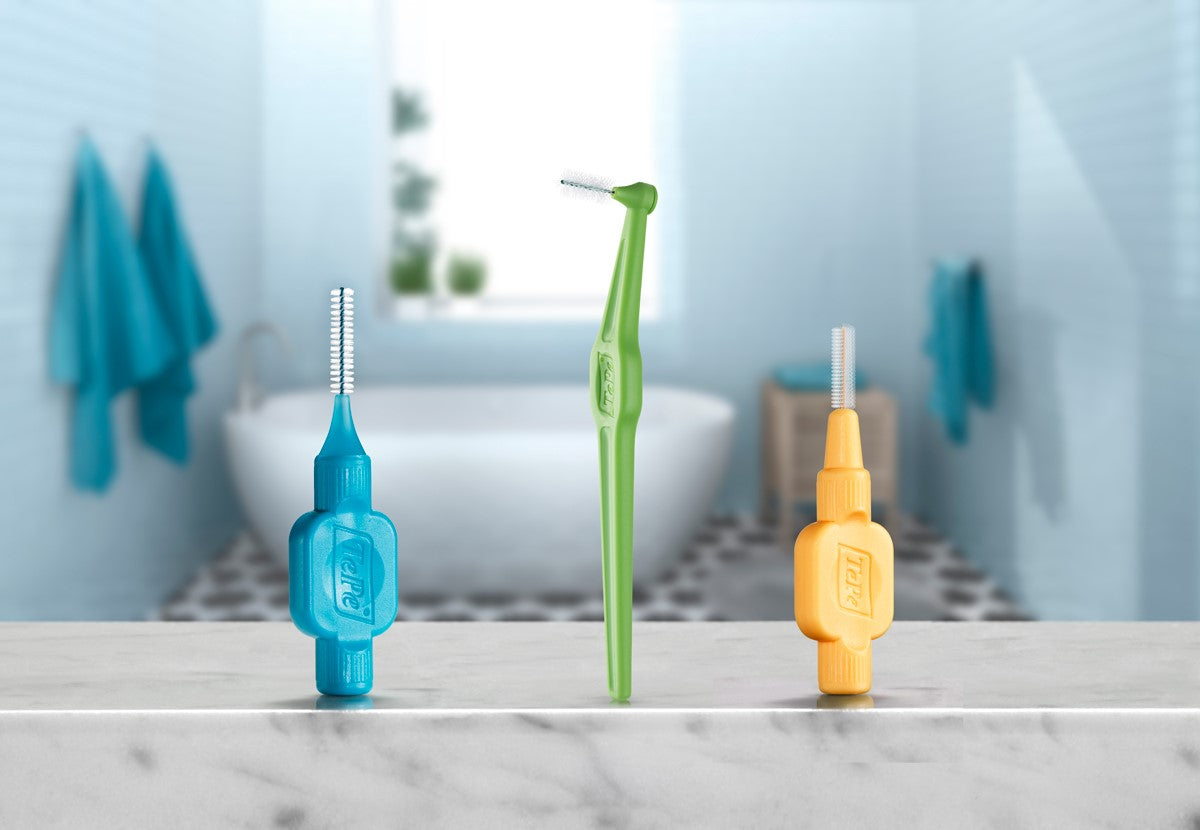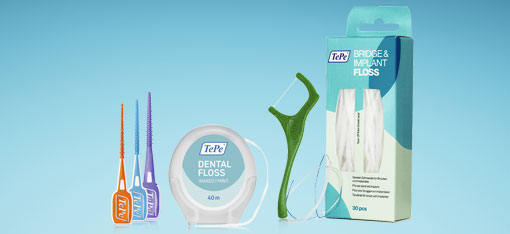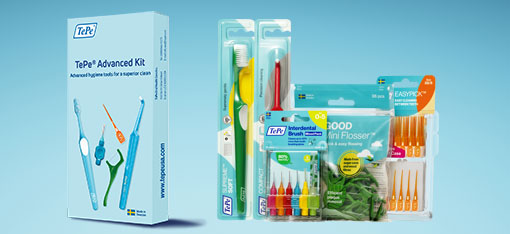Does my child need dental sealants to prevent cavities?
It is important to have daily oral hygiene routines, but it’s not always easy to clean every surface of the tooth. When children first get their molars they are rough with uneven surfaces. This is a prime spot for leftover food and cavity-causing bacteria to hide.
Sealants offer an additional preventive measure to keep teeth healthy. Dental sealants are a thin coating painted on the chewing surfaces of the back teeth (molars) that can prevent cavities for many years. In fact, school-age children (ages 6-11) without dental sealants have almost 3 times as many cavities in the first molars as children who do have sealants (CDC, 2021).
Who needs dental sealants? Your dental professional will evaluate teeth to see if your child is at a high risk for cavities to develop or there are deep pits and grooves in the back teeth. Often, sealants are applied as soon as the adult back teeth appear. The first adult molars appear around age 6, and second adult molars come in around age 12. The teeth can be treated later, as long as the teeth are still healthy.
How are sealants applied? This procedure does not require numbing of the area and can be completed in a brief amount of time.
- The tooth is thoroughly cleaned to remove any food particles and bacteria, and then the tooth is dried.
- A special solution prepares the surface of the tooth, making it easier for the sealant to bond to the tooth.
- The sealant is placed.
- A blue light is shone on the sealant to harden it.
What is the dental sealant material? It is usually a tooth-colored plastic resin material. It may not exactly match the natural tooth color, but it’s only applied to the chewing surface of back teeth. It is not noticeable.
How long does a dental sealant last? Sealants will wear out over time but it can be repaired or replaced if it cracks or chips. It is important for your dental professional to continually check the sealant at each visit.
Read More:
Sealants | MouthHealthy - Oral Health Information from the ADA











Leave a comment